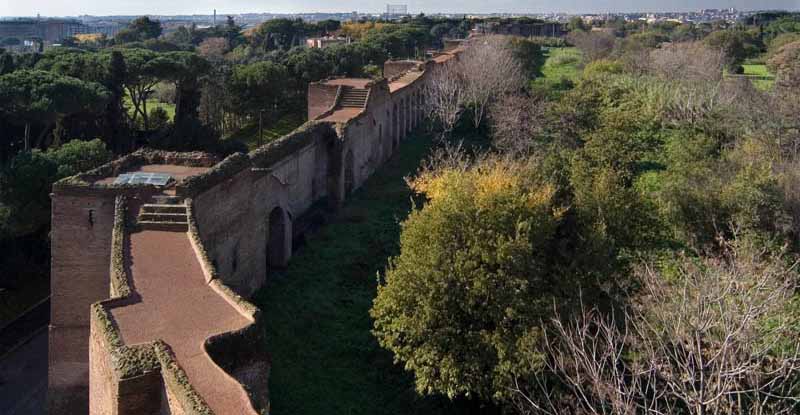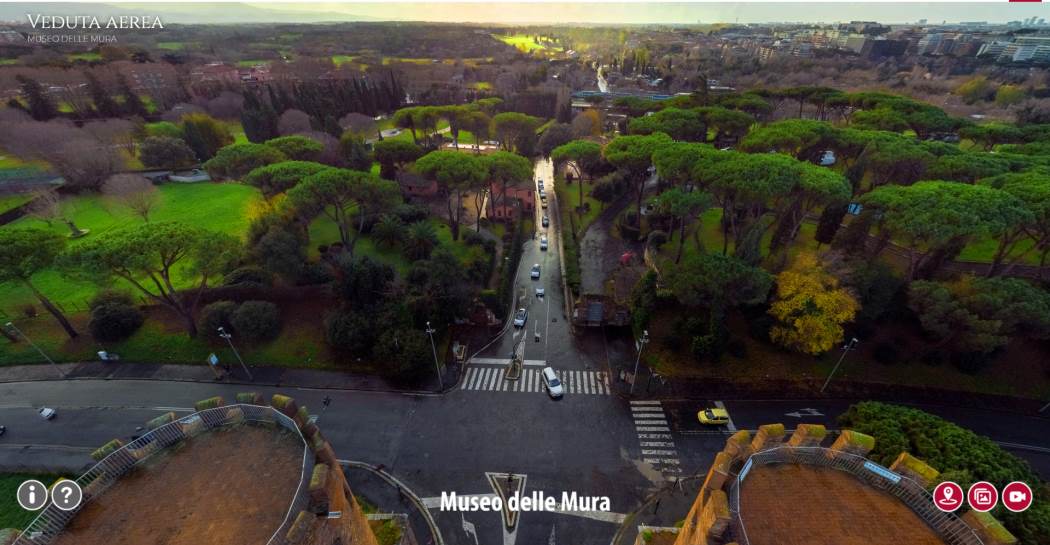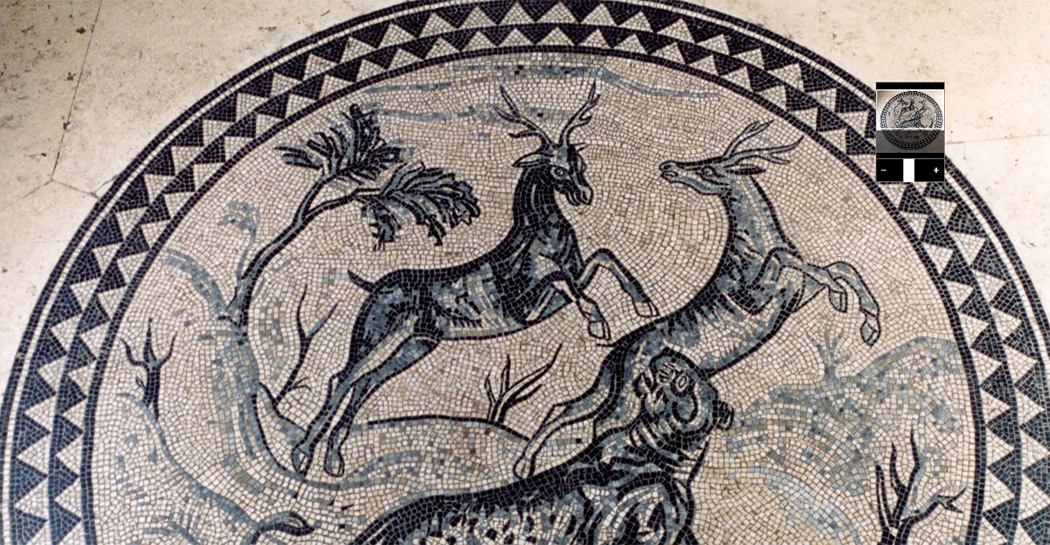The Aurelian Walls
From the Museum, it is possible to access a long stretch, approximately 350 meters, of the patrol path along the walls, which appears as a covered gallery interspersed with ten towers, ending at the top with an uncovered walkway sheltered by battlements.
Along the path, the walls from the Honorius era (early 5th century AD) are preserved, with arrow slits within niches, and large arches open on the opposite side towards the city, in addition to staircases inside some towers that were used to access the now non-existent upper maneuvering chambers.

Evident are several restorations from later periods, from the Middle Ages to the 19th century, recognizable by the different type of construction technique or by the transformation of some wall structure, carried out following collapses over the centuries.
Square-shaped arrow slits dating back to 1848 can be noticed, when they were transformed to adapt them for rifle use during the armed conflicts of the Roman Republic.
Particularly noteworthy upon exiting the third tower onto the walkway: on the ground are remains of the original paving with a central slit, marking the junction line between Aurelian's structure and the subsequent expansion by Honorius; high up on the lunette of the tower's exit, there is a painting depicting the Madonna with Child, a reminder of the tower's use as a retreat for a hermit, possibly in medieval times.






































